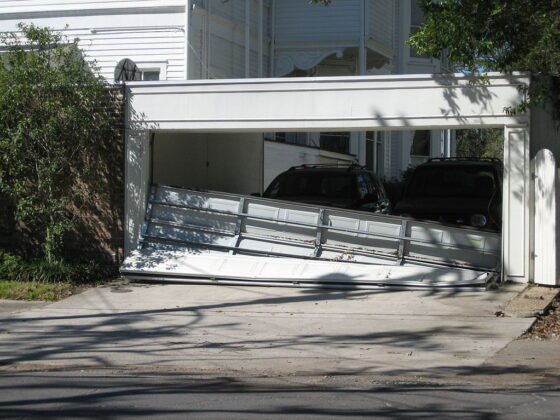When you were a kid you probably never wanted to know why you were on top of a ladder cleaning the rain gutters a couple of times a year. All you knew was that you were having to grab handfuls of rotten leaves, pointy sticks, and insects that were ready to bite and sting.
It was a time of the year that you did your best to avoid your parents, but they would eventually catch up with you and give you the nod. The gesture that put you in the position that you were currently in.

That is in the past now, but you know that it would have been beneficial to you now if you would have listened. You know that your home needs to have gutters and that those gutters need cleaned out at least twice a year to prevent any blockages.
With basic gutters, this is your fate. Anytime the gutters get filled up with leaves and debris, you will be climbing up the ladder to clean them out. Wondering if it would be the day that you get stung.
This old way of thinking needs to be shoved out the back of your mind, and modern technology and innovative products need to be embraced.
Read Also:
New gutters can come with a cover over the top, known as a leaf guard for gutters, that can prevent buildup that could block your water drainage system.
There Are a Couple Separate Ways That These Guards Can Be Installed
- The easiest, and most cost-effective way is to add screens onto your gutters that are already in place. If you do not have any in place, get them so you can add the screens onto the tops of them.
These are simple in design and can easily be installed by anyone with any type of construction knowledge. They can either be screens that slide under the bottom row of shingles on your roof or ones that slip into the top and sit on the gutter. The second types are an option when you have old-style tiles or ones that are brittle.
- The second type of leaf guard that you can use is the surface tension-type. This one is made of solid plastic, with a ridge running down the middle. One end goes under your shingles, and the other end clips over the outer end of your gutter.
The water will wash down from the roof and will catch on the ridge that is running down the middle. The water will flow along the ridge and down through the pipe at the end of the run. The leaves and debris will slide the rest of the way of the house, without ever having to catch inside the gutter.
- The final type of guard is the mesh system. This is similar to the screens above; except they only allow water and very small particles to flow into the main gutter drainage area.
They slide under the shingles that you already have and then sit on the edge of the outer side of the gutter. Most leaves and debris will slide right off, while the water flows down and out, just like the design says that it will.
These are the three basic types of gutter guards. You may find some that are variations of these three. What you have installed will be based on your specific needs.
If you live in a home that has no shade trees close by you could probably get away with using the screen systems because you will not have as much debris as someone that lives in the middle of a grove of trees.
If the trees around your house shed their leaves every fall you could easily go with the mesh system, which will keep most of the leaves and branches that fall onto your roof out of the drainage areas of your gutter system.
If your roof is littered with leaves, branches, small seeds and berries, and roof shingle debris you may want to consider the final option.
The tension-type system is the option that will keep all the materials out of the gutters, but it will allow some water to fall straight from the roof if you have a flash flood due to heavy rain or snow melting off. Not that big of a deal when you consider the alternative.
The alternative is plugged gutters and standing water, and all the damage that goes along with it.
That is all there is to it. Preventing leaves and debris from building up inside of the gutter, causing blockages that can cause water damage and possible foundation damage.
It is a cheap solution to a potentially bigger problem, which can be installed in a truly short time. Set aside a day, get the materials and tools that you need, and get to it.










